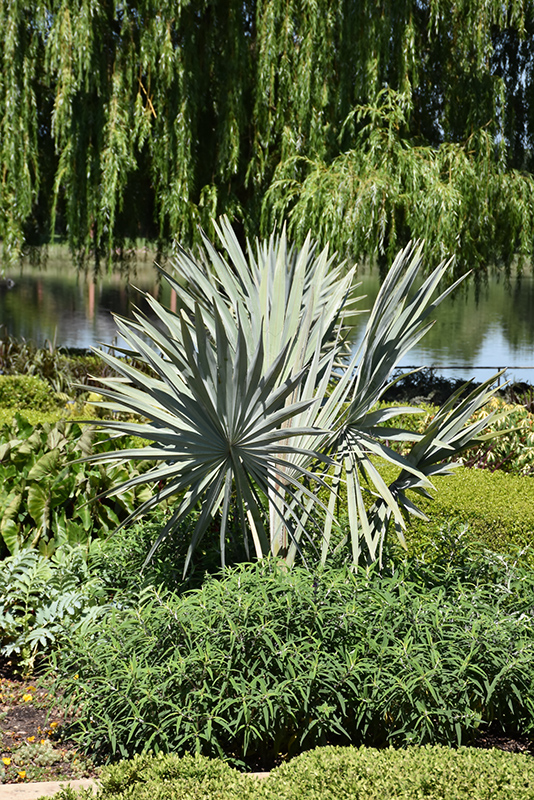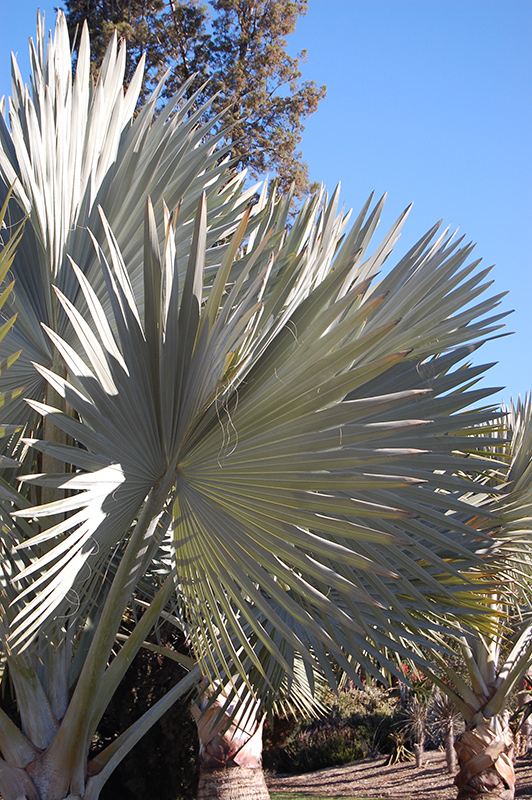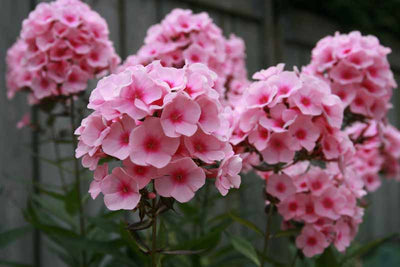Plant Library
Height: 30 feet
Spread: 15 feet
Sunlight:
![]()
Hardiness Zone: 9a
Description:
A striking palm that eventually can become quite large; huge, fan like leaves of silvery blue-green emerge from solitary trunks; highly tolerant of intense inland heat, but also does well in coastal areas; an outstanding landscape accent
Ornamental Features
Bismarck Palm has attractive bluish-green foliage with hints of silvery blue on a tree with the bulk of the canopy held atop a towering trunk or stem. The enormous palmate leaves are highly ornamental and remain bluish-green throughout the winter. However, the fruit can be messy in the landscape and may require occasional clean-up. The rough tan bark is extremely showy and adds significant winter interest.
Landscape Attributes
Bismarck Palm is an evergreen tropical plant with a strong central leader and a towering form, with a high canopy of foliage concentrated at the top of the plant. Its average texture blends into the landscape, but can be balanced by one or two finer or coarser trees or shrubs for an effective composition.
This tropical plant will require occasional maintenance and upkeep, and should not require much pruning, except when necessary, such as to remove dieback. It is a good choice for attracting birds to your yard. It has no significant negative characteristics.
Bismarck Palm is recommended for the following landscape applications;
- Accent
- Hedges/Screening
- General Garden Use
- Container Planting
Planting & Growing
Bismarck Palm will grow to be about 30 feet tall at maturity, with a spread of 15 feet. It has a low canopy with a typical clearance of 2 feet from the ground, and is suitable for planting under power lines. It grows at a slow rate, and under ideal conditions can be expected to live for 80 years or more.
This tropical plant should only be grown in full sunlight. It is very adaptable to both dry and moist locations, and should do just fine under average home landscape conditions. It is considered to be drought-tolerant, and thus makes an ideal choice for xeriscaping or the moisture-conserving landscape. It is not particular as to soil type or pH. It is somewhat tolerant of urban pollution. This species is not originally from North America.
Bismarck Palm is a fine choice for the yard, but it is also a good selection for planting in outdoor pots and containers. Because of its height, it is often used as a 'thriller' in the 'spiller-thriller-filler' container combination; plant it near the center of the pot, surrounded by smaller plants and those that spill over the edges. It is even sizeable enough that it can be grown alone in a suitable container. Note that when grown in a container, it may not perform exactly as indicated on the tag - this is to be expected. Also note that when growing plants in outdoor containers and baskets, they may require more frequent waterings than they would in the yard or garden. Be aware that in our climate, this plant may be too tender to survive the winter if left outdoors in a container. Contact our experts for more information on how to protect it over the winter months.







